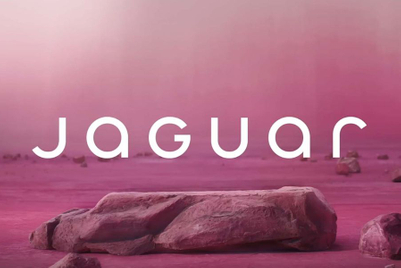
A recent global study by Ansible into the mobile marketing offering of 3,500 brands, the Mobile Index, listed Mercari, Amazon and Domino’s as Japan’s top-performing brands respectively. They were followed by Domino’s, G-Star Raw (a surprise inclusion), Coach, Fujifilm, Adidas, SoftBank, Pizza Hut and Sony. Ansible is a mobile marketing agency under Interpublic Group.
The top 10 global performers were Target, Amazon, Expedia, Airbnb, Microsoft, Agoda, Lazada, Vodafone, Adidas and Netflix. The research scored brands based on more than 380,000 data points across five key categories: discoverability, mobile optimisation, navigation and content, utility and usability, and driving desired actions.
We asked Scott McBride, chief digital officer of IPG Mediabrands Asia-Pacific, for some observations as to what set the top 10 apart.
The first point, McBride said, is that Mercari (an online marketplace for secondhand goods), Amazon, Domino’s and G-Star all offer “great value” to mobile users. That does not mean just in monetary terms, but in terms of display. They highlight offers and promotions prominently on their homepages, provide user reviews and have user-friendly forms on the payment page, McBride said. Brands that fared less well got part of the equation right by highlighting the value of their products, but fail to enable purchase or even direct users as to where to make a purchase.
McBride said Japanese consumers have the same expectations as consumers anywhere else when it comes to mobile: a “frictionless and dynamic” experience. Spending on mobile in the market is high: according to eMarketer, mobile expenditure by brands will top 801 billion yen, which is nearly 70 percent of the total spent on digital advertising. “This clearly shows Japanese brands are trying to engage users through this channel,” he said.
Not all have mastered it. Brands like Rakuten Mobile, for example, did not make it into the top 10. McBride said most brands in Japan and regionally may have mastered the basics but fall short when it comes to delivering “real user experience”.
But he noted that Japanese brands stood out in Asia-Pacific in terms of utility and usability, with a median score of 25.6. “This goes to show that many Japanese brands, on their mobile websites and apps, are providing features that consumers value, like a clear call to action, promotions prominently featured, advanced search capabilities and user reviews,” he noted.
Generally speaking, brands must “make it easy for consumers to form a relationship with them” on mobile, McBride said. He cited Google research that showed nearly half of all visitors will leave a mobile site if the pages do not load within three seconds. “This is critical, and we’ve seen many brands across the region falter at this hurdle,” he said.
Finally, brands should streamline the purchase process, he advised. That means including features like click-to-call, live chat and clear navigation menus. They must also ensure users can switch easily between content without getting lost, and ensure any forms are easy to fill out and not exhaustive.
Published first on Campaign Japan: モバイルフレンドリーなブランドから学ぶこと



.jpg&h=334&w=500&q=100&v=20250320&c=1)

.jpg&h=334&w=500&q=100&v=20250320&c=1)
.jpg&h=334&w=500&q=100&v=20250320&c=1)
.jpeg&h=334&w=500&q=100&v=20250320&c=1)

.jpg&h=334&w=500&q=100&v=20250320&c=1)
.jpg&h=334&w=500&q=100&v=20250320&c=1)


.jpg&h=268&w=401&q=100&v=20250320&c=1)
.jpg&h=268&w=401&q=100&v=20250320&c=1)



.jpg&h=268&w=401&q=100&v=20250320&c=1)
